Hello Dear Readers, and thank you for joining this last part of my "Dancing Nymphs posts".
First, let me introduce to our last dancers.
Reina has the personality of a leader and wants to guide others with good intentions. However, she gives the impression of being proud and serious, and as a result, she is often judged to be cold and aloof. She values order and hierarchy and has a strong need to conform to traditions, which she expects from others as well.
Reina, is a name with multiple, unrelated origins from a number of different languages and cultures. It is a form of Regina, from the Latin, meaning "queen" or "lady". Also means "queen" in Spanish and "pure" in Yiddish.
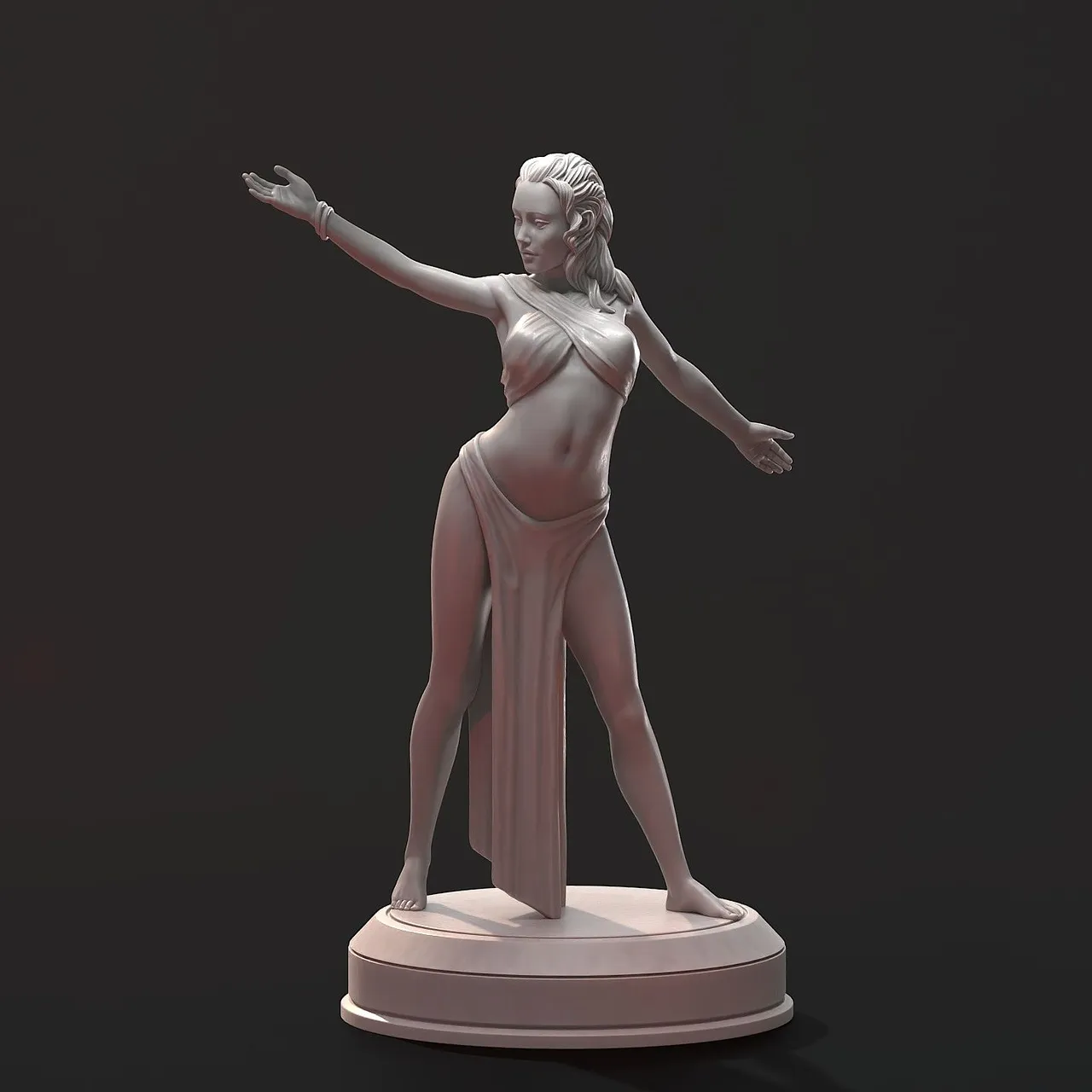
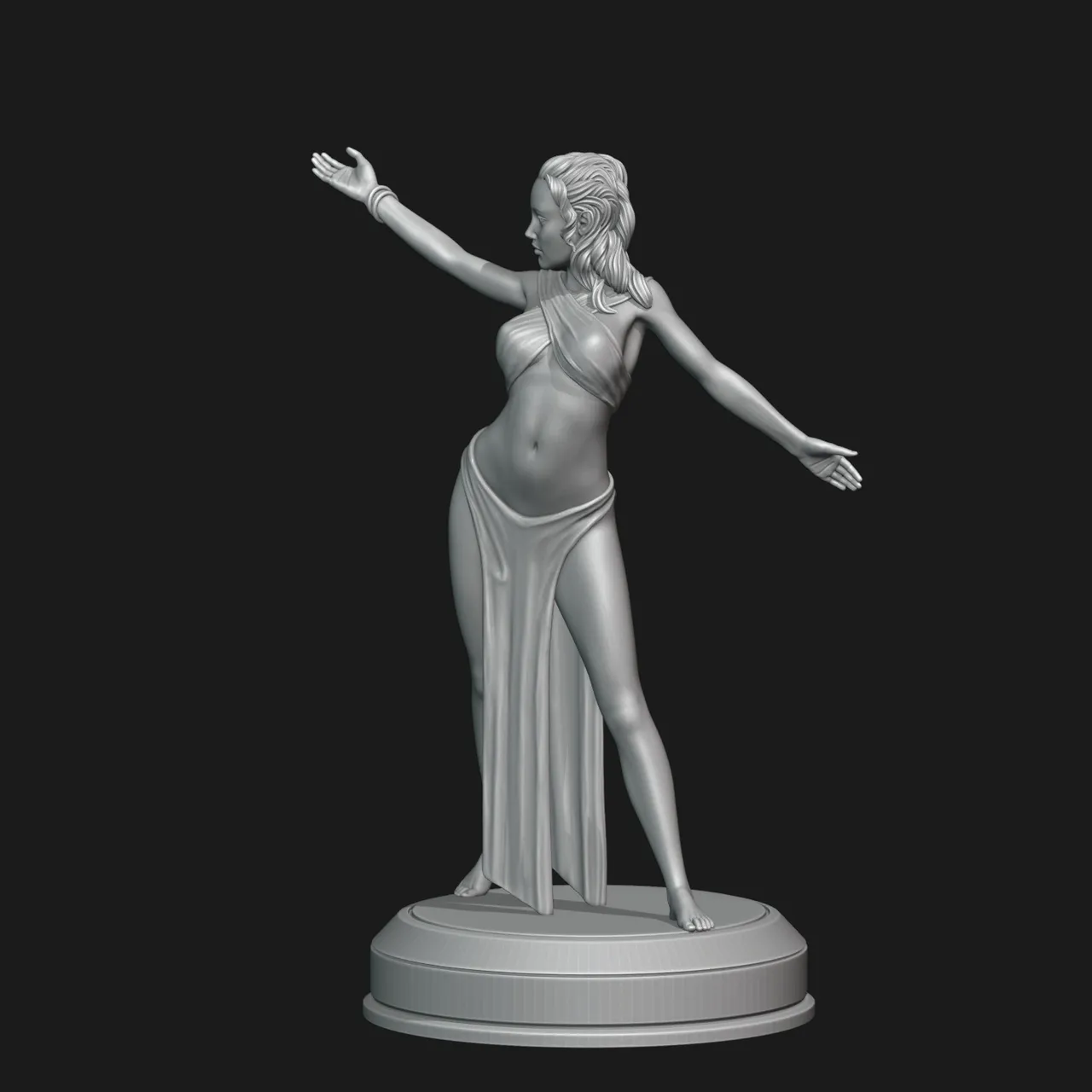
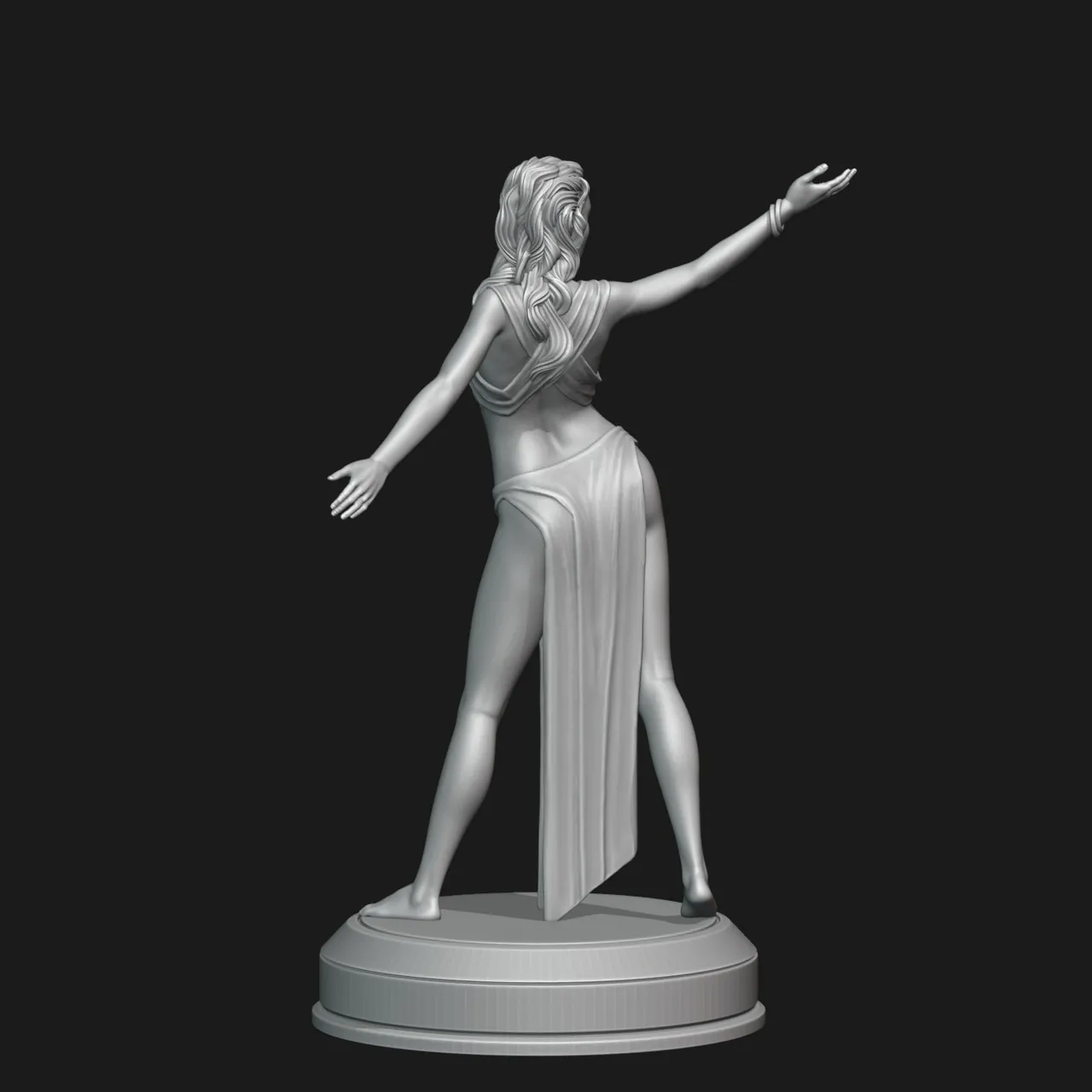
Vera was the last of the nymphs that joined the dance. Always the quiet one, always deep in her thoughts. She was the last one to join the others most of the time. New friendships were always a challenge for her, and although she often shied away from contact with others, she treated those closest to her heart as her most precious treasure.
Vera is a name of Slavic origin, meaning "faith","truth" and "loyality".

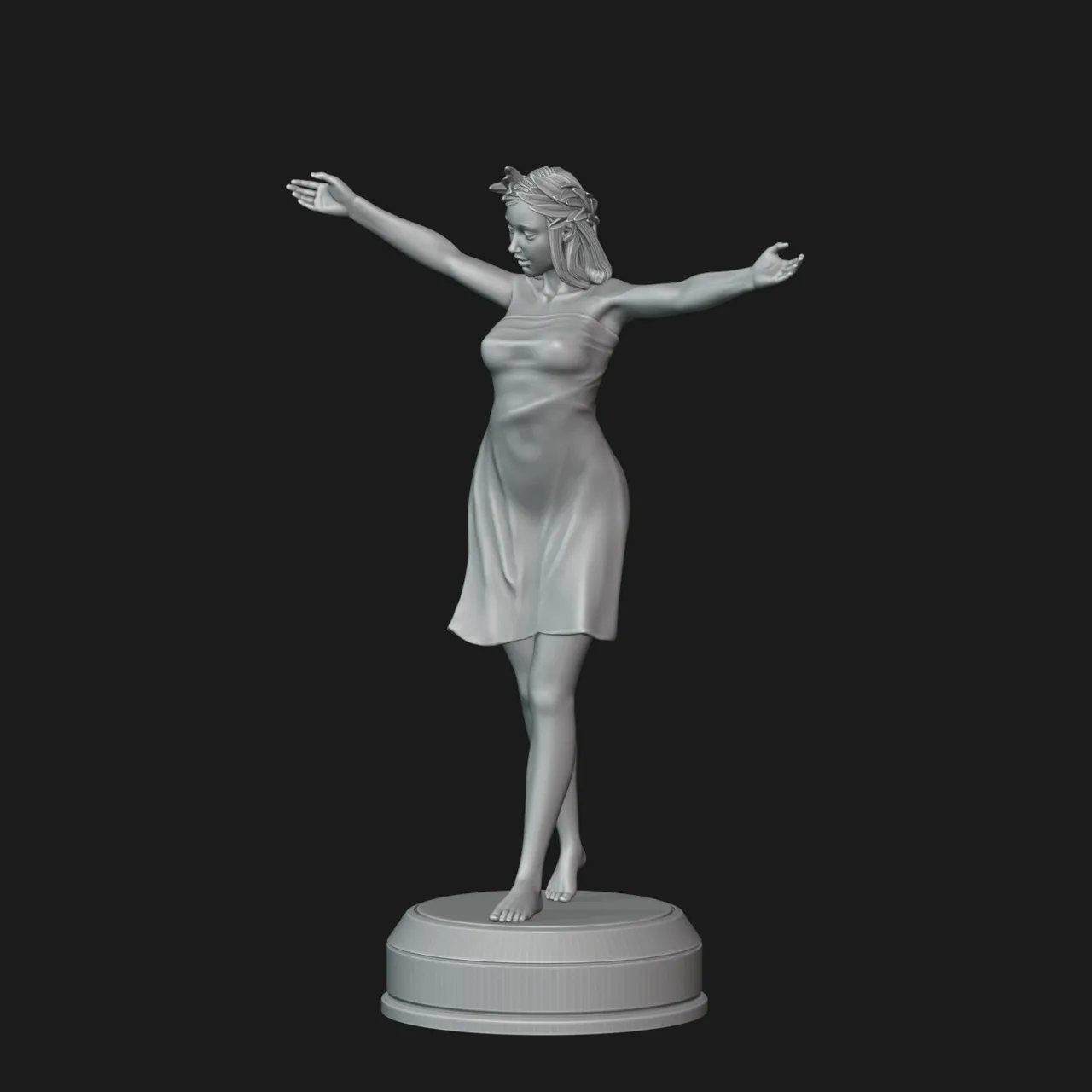
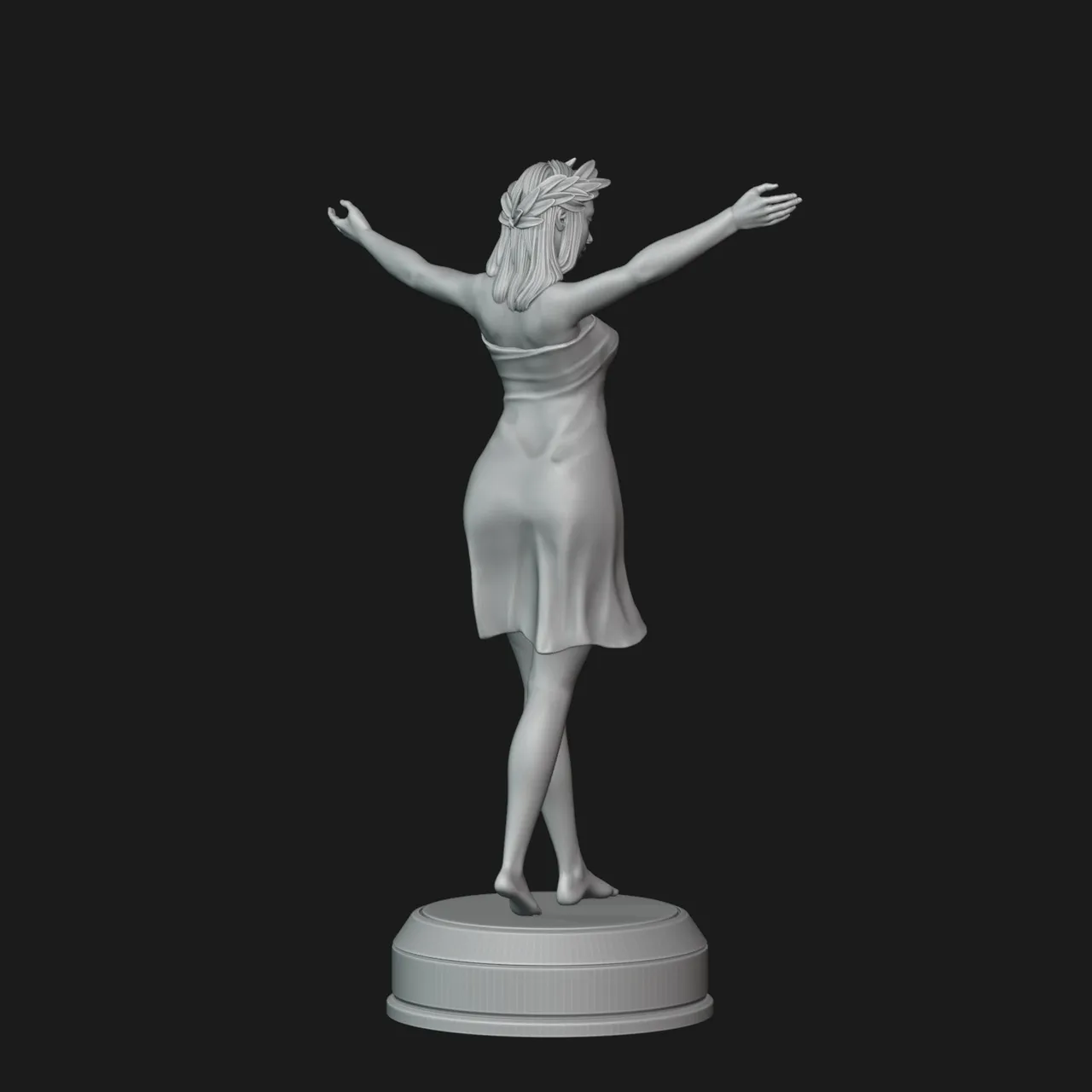
Kupala Night
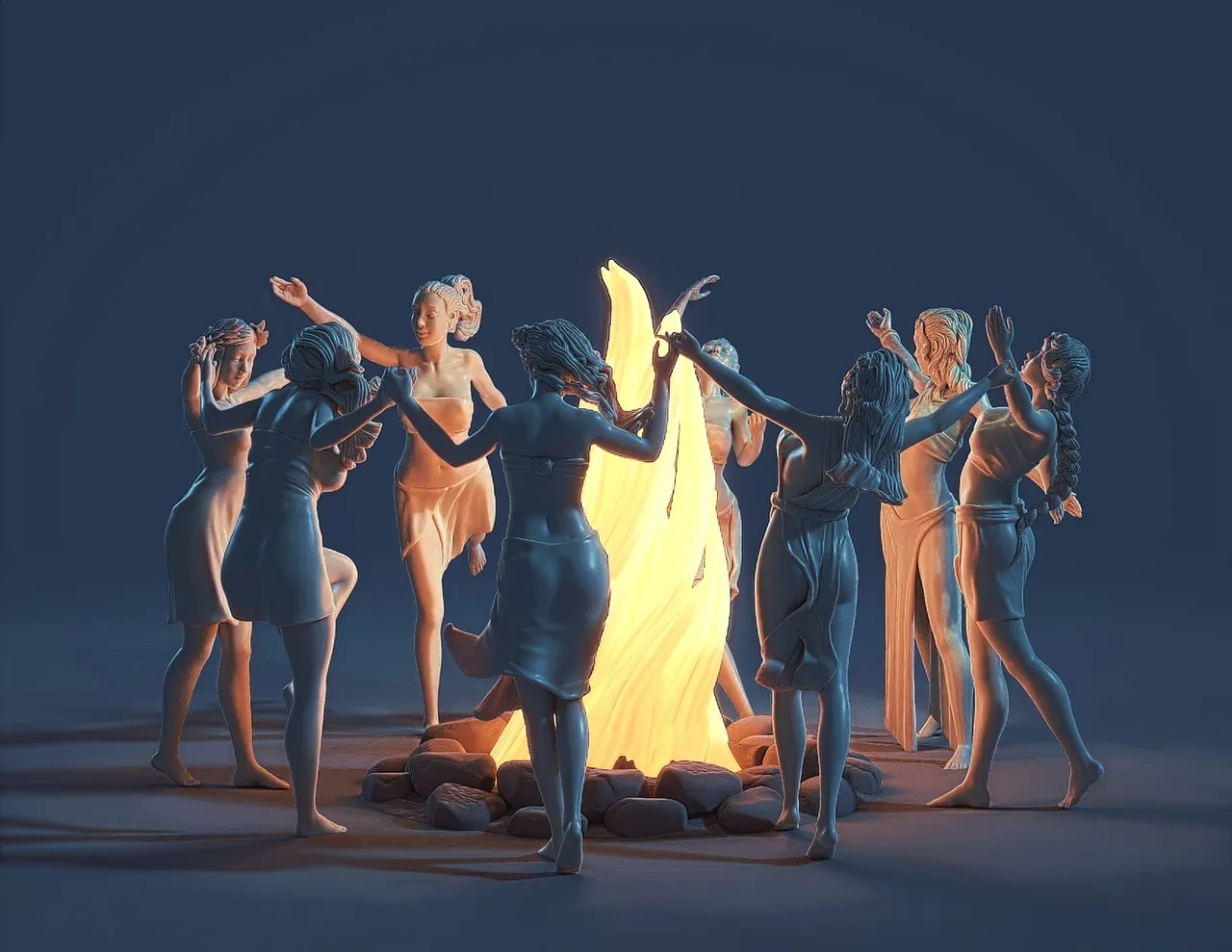
With all the nymphs already dancing around the bonfire, it would be a shame not to mention one of the Slavic festivals that may have been accompanied by such dances around a fire.
Many cite different origins for this Slavic holiday. It is often associated with Christianity and St. John the Baptist, however many pagan versions, with different local variations exist as well, where oftentimes Pagan and Christian elements are combined together.
As the name suggests most Kupala rituals take place at night. According to popular belief, on this night water "befriends" fire. The symbol of this connection was the bonfire lit along the riverbanks.
Lighting of so-called cleansing fires (or baptismal fires), dancing, singing and jumping over bonfires, by mostly young men and women are some of the activities associated with Kupala.
Gathering flowers and decorating people, animals and houses with them, entering water and sending garlands on water is common in many traditions associated with the festival as well.
In many instances, the holiday was also combined with weddings.
On the night of Kupala, young often pranked other people by stealing firewood, carts, gates and putting them onto roofs. They propped up house doors, covered windows, etc.
According to many researchers, Kupala Night is a Christianized East Slavic celebration of the summer solstice although more important was usually the night before that day.
In medieval Europe, the rituals and games of the day were considered demonic and were banned by church authorities, which has contributed to the almost complete forgetting of these traditions today.
This brief summary serves as a starting point for exploring the topic further. If you find that interesting I strongly encourage you to explore it's complex history and rich symbolism for yourself.
Dana
Zyvia
Mira
Darva
Milena
Modeled and rendered in Blender
Thank you for your time!

Patreon All my 3D files are available for my patrons.
My Mini Factory Separate models can be purchased here.
Thingiverse Here you can download some of my free models.